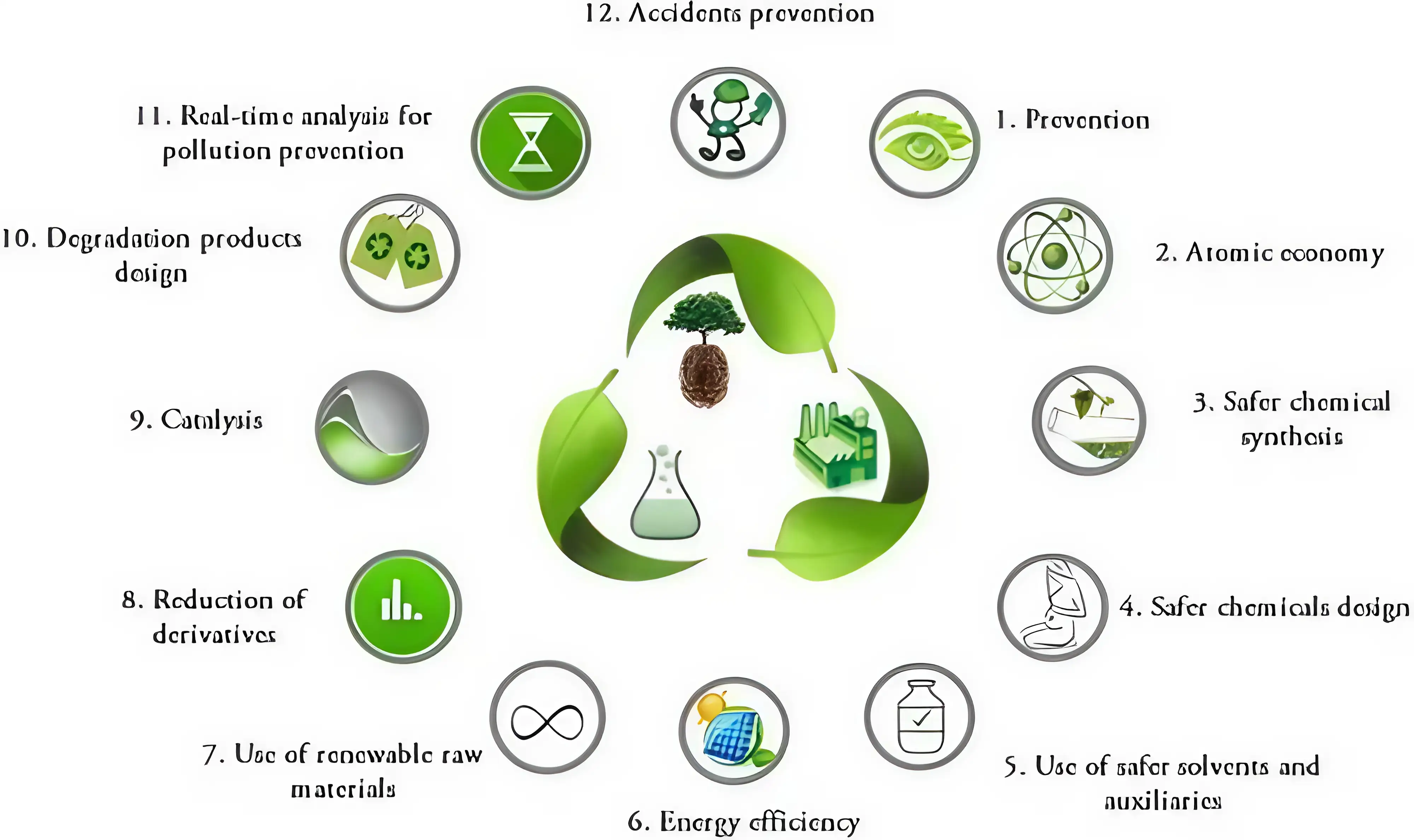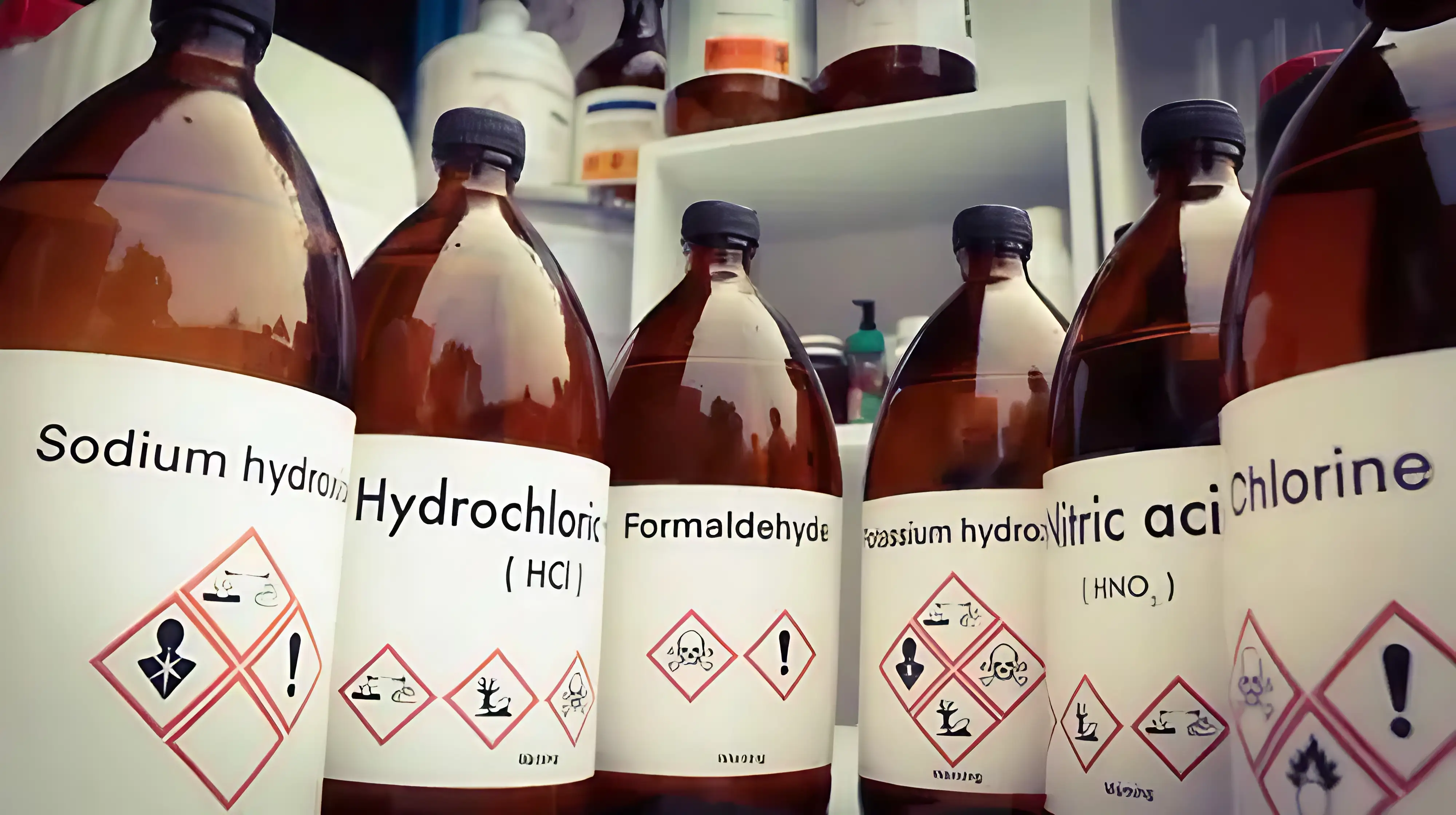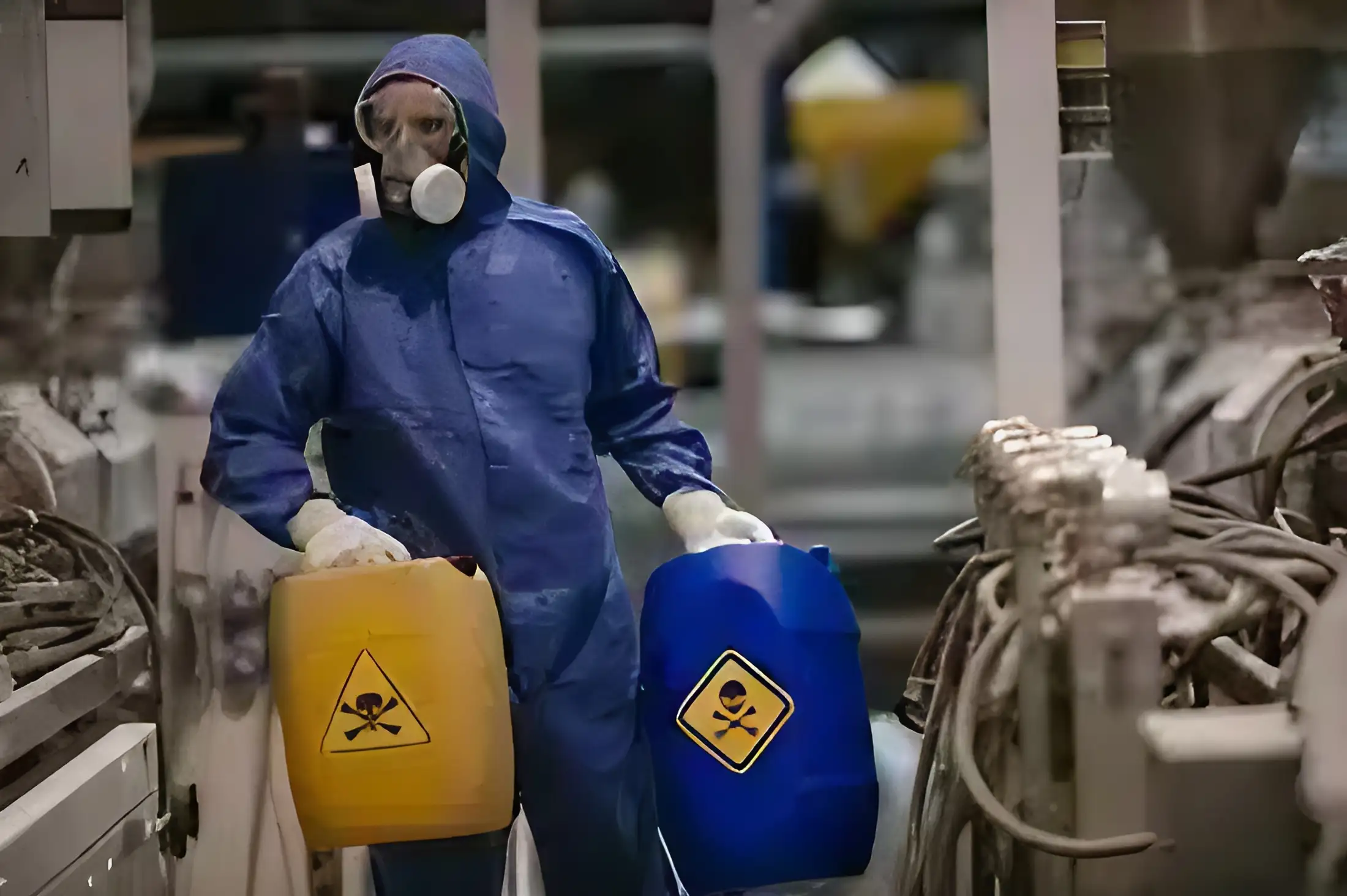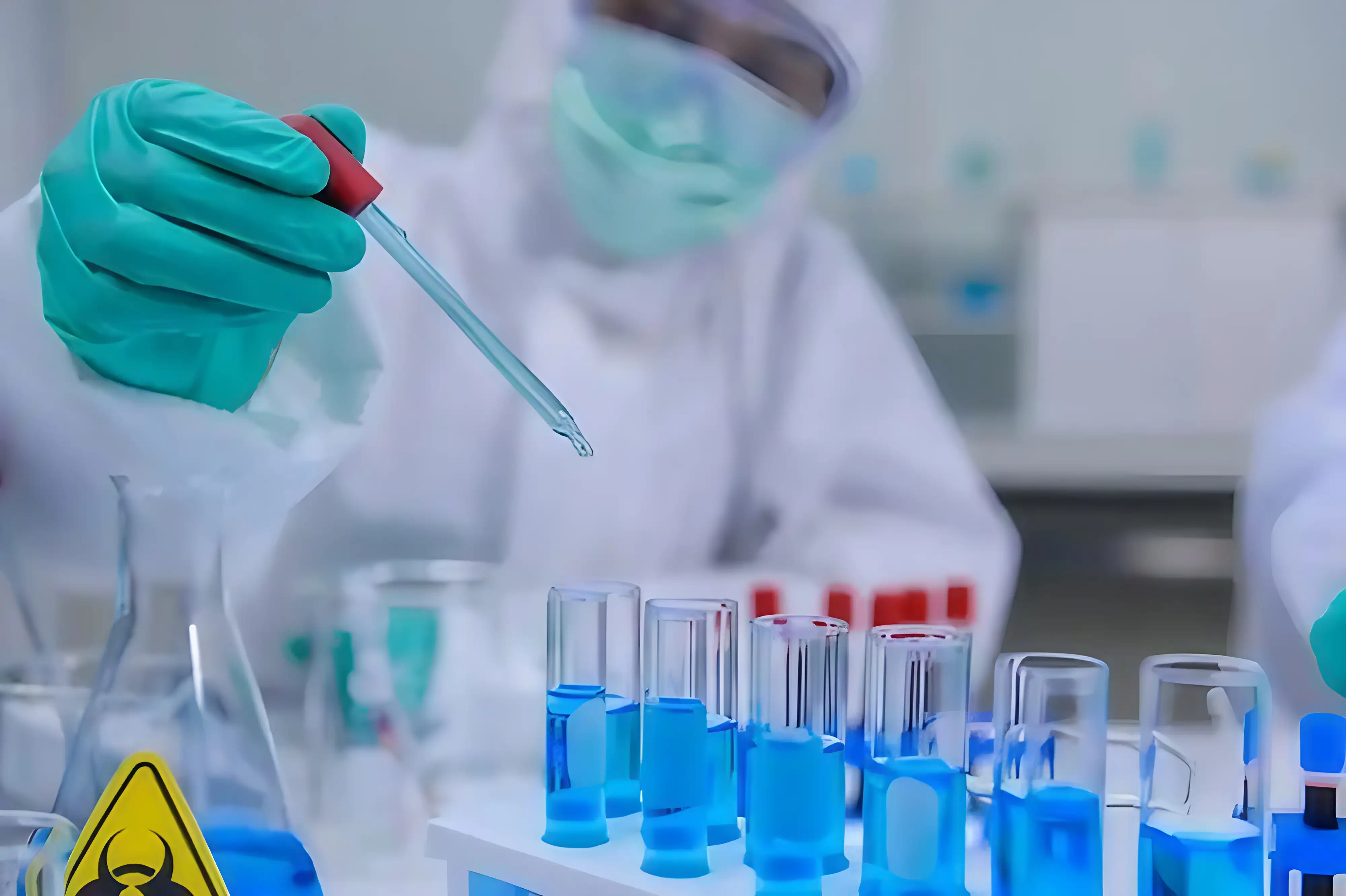Green chemistry is revolutionizing the chemical industry by promoting sustainable, non-toxic, and environmentally friendly processes. With increasing global regulations and a shift toward eco-conscious manufacturing, companies are investing in renewable resources, energy-efficient production, and biodegradable chemicals to reduce their environmental impact.
Key Principles of Green Chemistry:
-
Use of Renewable Resources – Transitioning from petroleum-based chemicals to bio-based alternatives like plant-derived solvents and biodegradable polymers.
-
Energy-Efficient & Waste-Reducing Processes – Implementing catalytic reactions and low-energy synthesis to cut down waste and emissions.
-
Non-Toxic & Biodegradable Chemicals – Developing safer chemicals that minimize harm to human health and ecosystems.
-
Reducing Hazardous Byproducts – Adopting cleaner manufacturing methods that eliminate toxic waste generation.
Applications of Green Chemistry:
-
Pharmaceuticals – Green synthesis reduces toxic solvents and hazardous byproducts in drug manufacturing.
-
Personal Care & Cosmetics – Use of plant-based surfactants, natural preservatives, and biodegradable emulsifiers.
-
Agrochemicals – Development of eco-friendly pesticides and bio-based fertilizers.
-
Industrial Manufacturing – Adoption of low-VOC coatings, sustainable adhesives, and green solvents.
Green chemistry is shaping a cleaner, safer, and more sustainable future, encouraging industries to innovate responsibly while maintaining efficiency and profitability.






